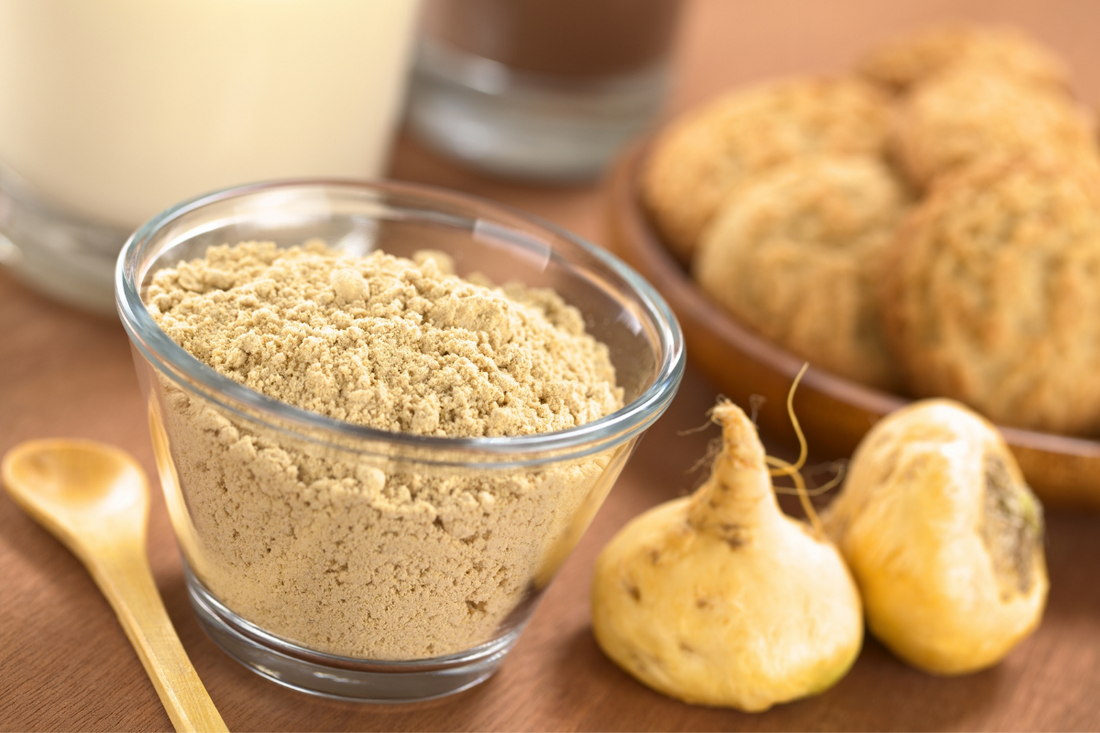
Maca is a natural plant mostly found in the Andes Mountains' upper plateaus, specifically in Central Peru. It has been cultivated in this region of Peru as a food crop for about 3000 years. Maca is a kind of radish with a butterscotch-like aroma.
The root of this plant has historically been used to create medications. Maca is a perennial and biennial herbaceous plant that grows at altitudes of 3500 meters and higher in Peru's Andes. Maca is frequently utilized to promote health due to its high nutritional content.
History of Maca
Maca is famously called "Peruvian ginger" in Peru and it has been consumed for over 5000 years. International institutions like the FAO promoted Maca cultivation globally for health reasons in the 1980s. Later on, Maca gained popularity as a functional food in the United States, Europe, Japan, and other parts of the world. In 1992, The International Plant Genetic Resources (IPGRI) recognized Maca as one of the most underutilized crops highlighting all of the benefits it has to offer. Maca is now distributed globally as a supplement and is consumed in various different forms.
Maca, like cauliflower, squash, sauerkraut, and kale, is a climacteric fruit. It has a long history of usage in Peruvian cuisine and medicine. The root portion is the most appetizing part of the plant. It comes in a variety of hues, from light to black. Maca root is often ingested as a powder, although it is also accessible in pills and as a different extract. The flavor of maca root powder has been characterized as earthy and nutty. It can easily be blended with other flavors. It's often used in smoothies, breakfast bowls, and sweets.

Benefits of Maca
- It's a nutrient-dense food. Maca root is nutritionally dense, with a high concentration of vitamins and minerals. Maca root is a rich source of carbohydrates, low fat, and high in fiber. It's also abundant in vitamin C, copper, and iron, among other critical vitamins and minerals. It also includes glucosinolates and polyphenols, as well as other beneficial plant components. Maca has over 20 amino acids including 8 essential amino acids, and has 20 free-form fatty acids.
- It has the potential to increase cognitive performance like learning and memory. Maca has been shown to help with brain function. Maca has been utilized by Peru's indigenous people to boost their children's academic performance. Maca has been shown in animal experiments to enhance memory formation in memory-impaired.
- May improve energy and mood. Some research has been done to indicate that maca root intake helps improve energy and mood. In 2016 a study was done with 175 people who were given 3 grams of maca daily for 12 weeks. The study showed an improved mood and energy against the placebo group. Since maca is super packed with different nutrients, it is one of the most energizing foods on the planet. Along with increasing energy levels, maca has also been studied to increase athletic performance.
- It has the potential to stimulate libido in both men and women. Adults often suffer from a lack of physical intimacy. As a result, there is a lot of interest in herbs and plants that naturally increase libido. Some studies have shown maca can assist those with low libido.
- It may aid in the relief of menstrual disorders. The natural decrease in estrogen that happens at this time might result in a variety of unpleasant side effects. Maca has been researched to help with this.
Because of maca’s MANY health benefits, maca is the perfect addition to your morning coffee, smoothie, or yogurt. Try our signature Allpa Peruvian Maca today!

